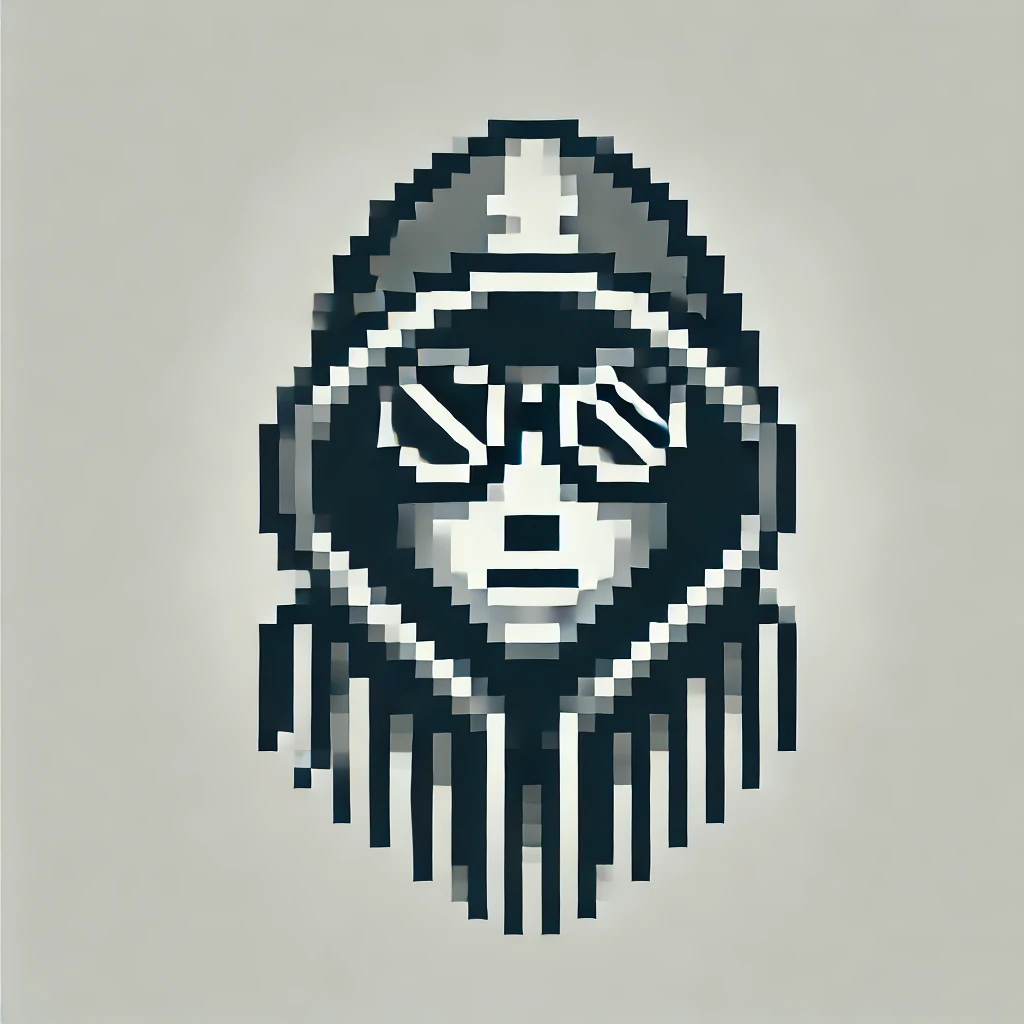Table of Links
II. Background and Related Work
A. Learning to Program: SCRATCH and Pair Programming
B. Gender in Programming Education and Pair Programming
III. Course Design
A. Introducing Young Learners to Pair Programming
B. Implementation of Pair Programming
IV. Method
A. Pre-Study and B. Data Collection
C. Dataset and D. Data Analysis
V. Results
VI. Conclusions and Future Work, Acknowledgments, and References
E. Threats to Validity
Since the course was embedded in an authentic school setting and not a free-time event, students may have behaved differently, although the teachers were not present for most of the course. In addition, gathering opinions from children within this age range is very challenging due to difficulties of the task and cognitive abilities [49], [52]. We have chosen this age range to ensure a considerably number of participants since encouraging schools to participate is rather challenging in Germany, however, differences might occur due to these times of schooling. Parents consented to use the data for research purposes, and no video or audio files of the students were recorded, except for approved images. The design of the study including the questionnaire is approved by a member of the ethics committee of the University of Passau. The course design is based on the established tutorial from the SCRATCH website as well as several guidelines [26], [46], and independently evaluated by multiple didactic experts. Since the students were programming novices, the first four tasks were implemented with a high degree of guidance, although both free tasks were done independently with assistance only when needed. The observations of the supervisors are inherently subjective, however, all researchers have a background in computer science didactics and have already supervised numerous courses. To be able to verify all of our results and replicate the study, we provide all course materials and analyses online.


Authors:
(1) Isabella Graßl, University of Passau, Passau, Germany ([email protected]);
(2) Gordon Fraser, University of Passau, Passau, Germany ([email protected]).
This paper is

